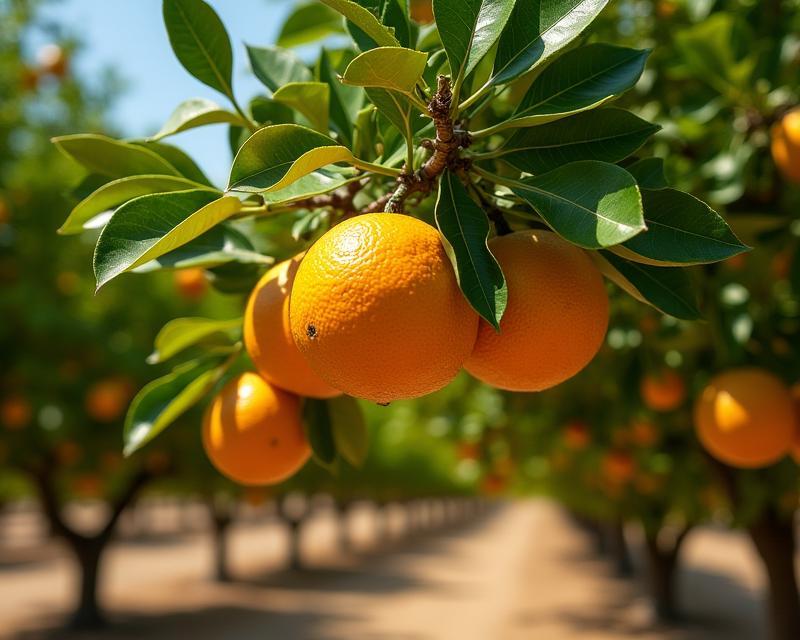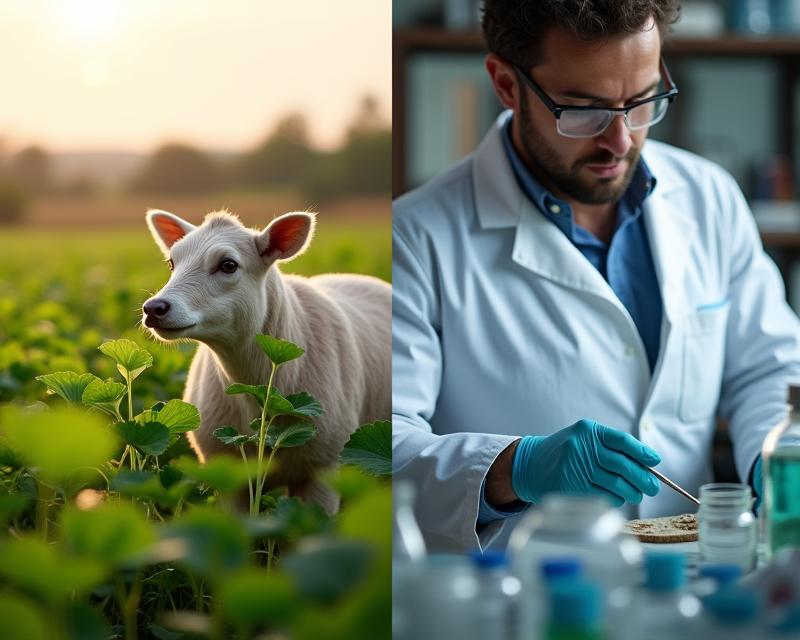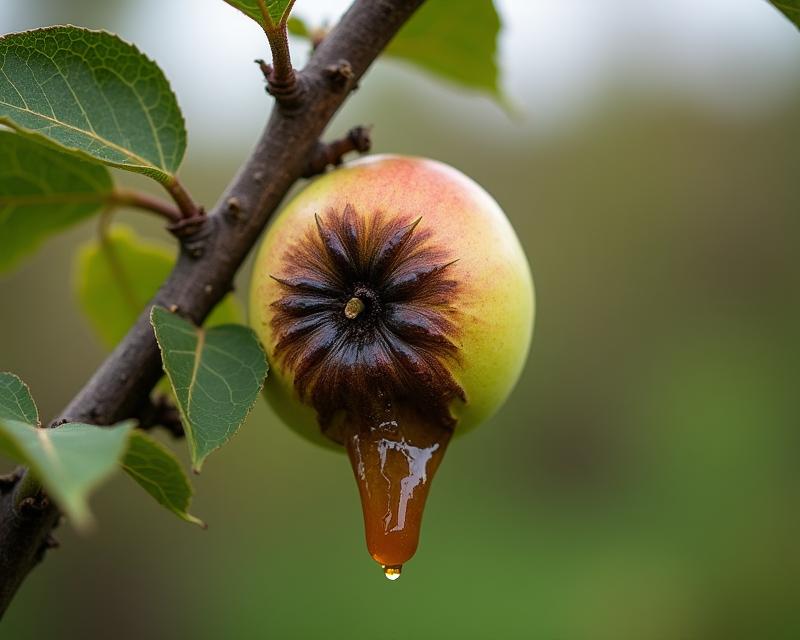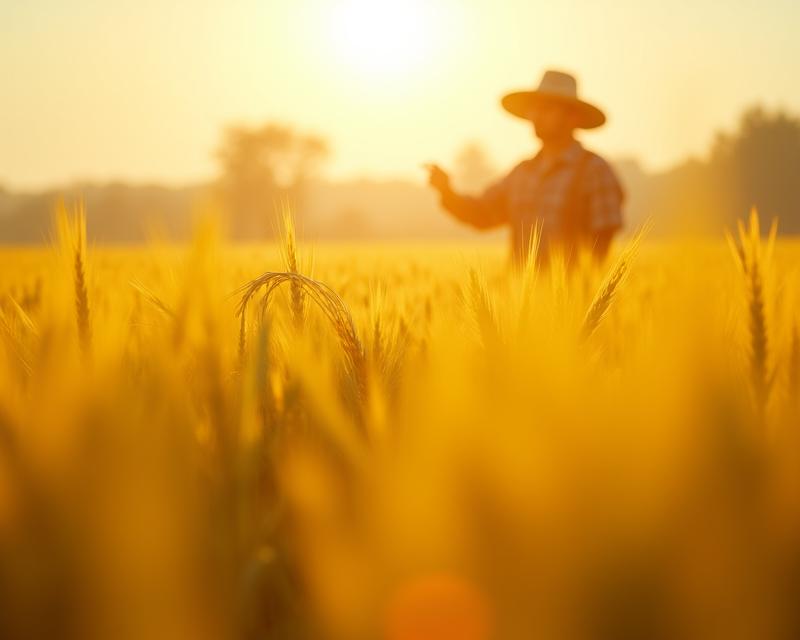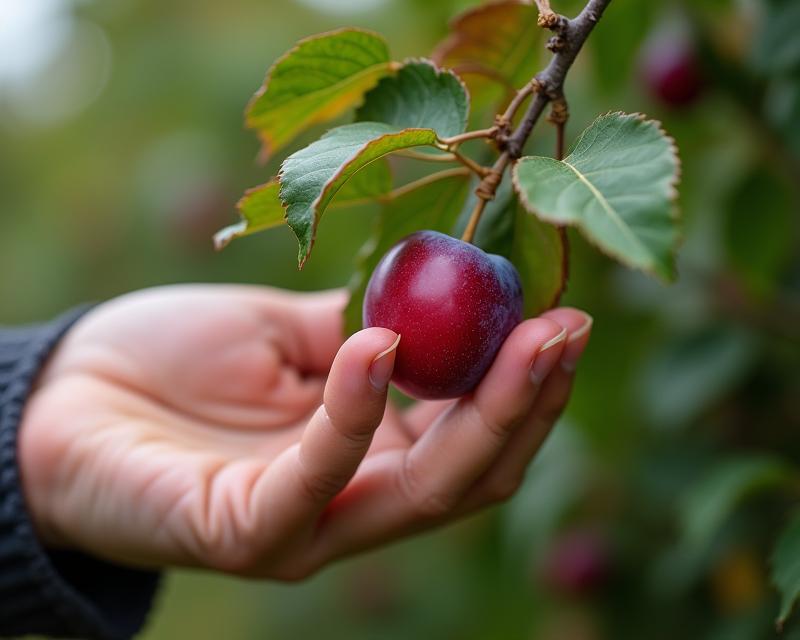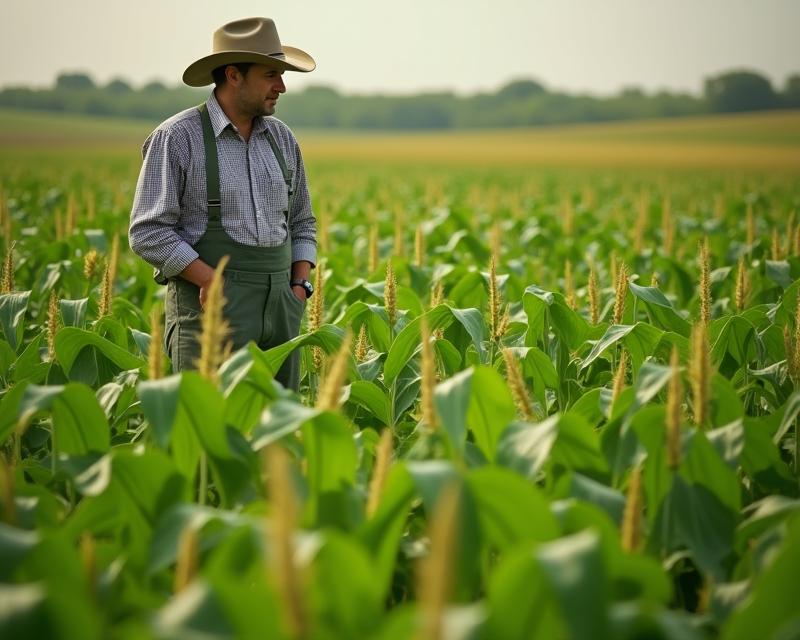Maitake Magic: Growing Hen-of-the-Woods
Publish in Crops el 05/07/2025 02:22
Cultivated Maitake (Hen-of-the-Woods): A Grower's Guide
Maitake, also known as Hen-of-the-Woods, is a highly prized edible mushroom with a distinctive frilly appearance and a savory, umami flavor. It's a fantastic addition to any farm or garden, offering a valuable gourmet crop. While traditionally found growing wild, maitake can be successfully cultivated, bringing a reliable harvest to your table or market. This guide will walk you through the basics of growing maitake on logs, covering temperature needs and harvesting tips.
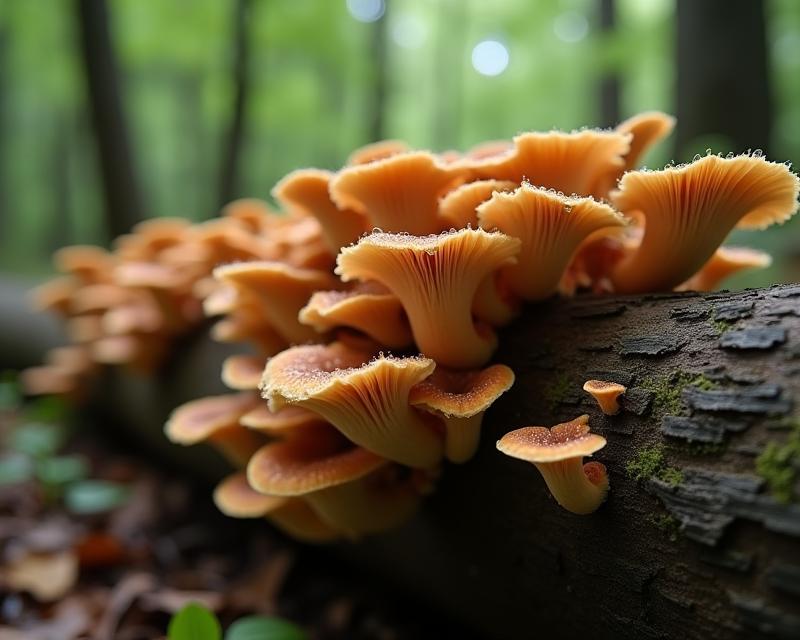
Log Preparation: The Foundation of Success
The most common method for cultivating maitake is on hardwood logs, particularly oak, maple, and beech. Logs should be freshly cut (within a few weeks) and ideally 4-8 inches in diameter and 3-4 feet long. The logs need to be inoculated with maitake spawn. This involves drilling holes (typically 1/2 inch diameter) in a diamond pattern across the log, about 4-6 inches apart. Then, the spawn is inserted into each hole. It's crucial to keep the logs moist during the inoculation process and for the first year or two. This can be achieved by soaking the logs in water for 24-48 hours before inoculation and maintaining consistent moisture levels.
Temperature & Environment: Creating the Right Conditions
Maitake thrives in specific temperature ranges. The ideal temperature for colonization is between 50°F and 70°F (10°C - 21°C). This makes them well-suited for cooler climates. Avoid extreme heat or cold, as this can inhibit growth. Logs should be stored in a shaded, humid location, such as a wooded area or a covered outdoor space. Maintaining consistent moisture is key; logs should be kept damp but not waterlogged. Regular rainfall is beneficial, but supplemental watering may be needed during dry periods. The first flush of mushrooms typically appears 6-12 months after inoculation, with subsequent flushes occurring annually for several years.
Harvesting Maitake: Timing is Everything
Harvesting maitake is a rewarding experience! The mushrooms typically emerge in clusters from the log. The best time to harvest is when the caps are fully expanded but still have a slightly ruffled appearance. Gently twist and pull the mushrooms from the log, being careful not to damage the mycelium. It's important to harvest regularly, as this encourages the log to produce more mushrooms. Don't remove all the mushrooms at once; leave some to continue growing and producing flushes. Proper harvesting practices will ensure a long and productive maitake crop. Remember to clean your mushrooms gently with a brush to remove any soil or debris before use.
Tips for Success
- Maintain Moisture: Consistent moisture is critical for successful colonization and fruiting.
- Shade is Key: Protect logs from direct sunlight to prevent drying out.
- Patience is a Virtue: It takes time for maitake to establish and produce a consistent harvest.
- Monitor for Pests: Keep an eye out for pests like slugs and snails.
Growing maitake is a fantastic way to add a unique and delicious crop to your farm or garden. With a little care and attention, you can enjoy a bountiful harvest of this prized gourmet mushroom!
